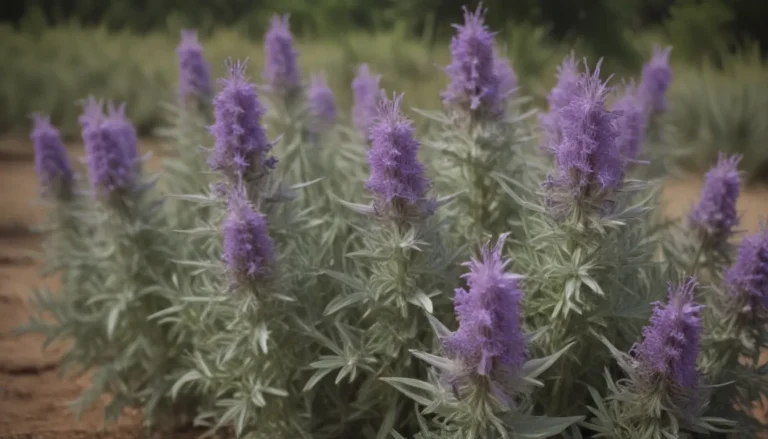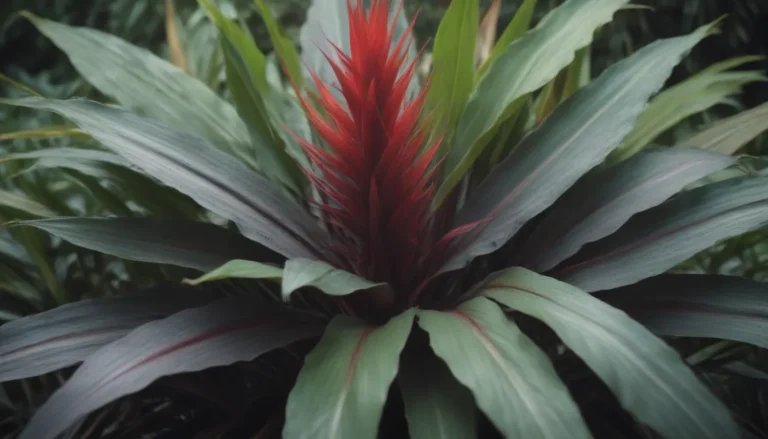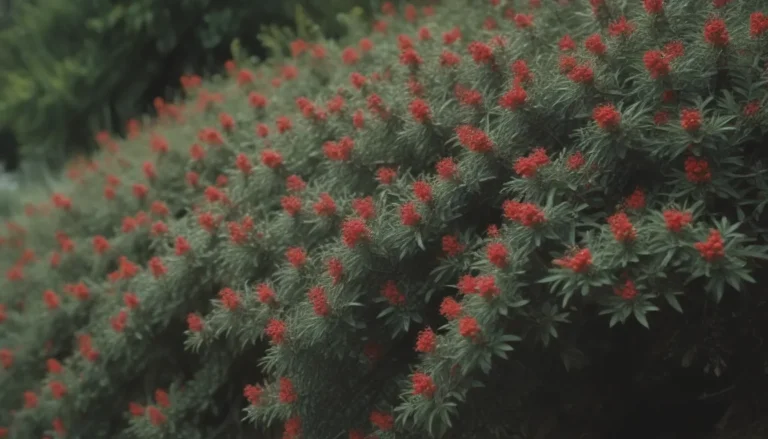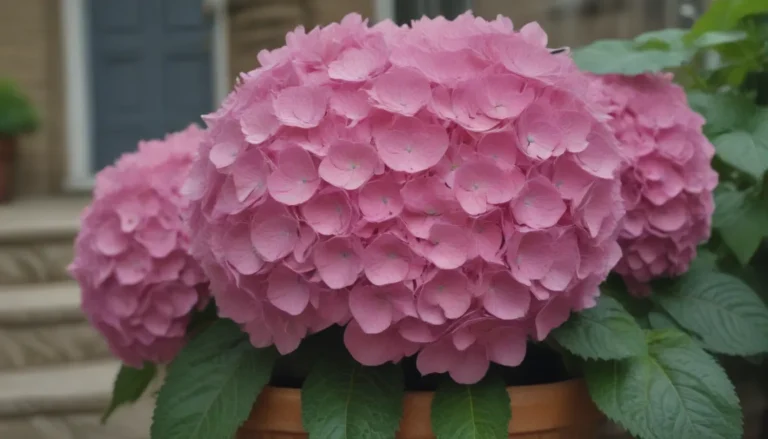Understanding Aerial Roots: A Comprehensive Guide

Have you ever stopped to admire your plant and noticed those fascinating long roots growing out of the stem? Yes, those are aerial roots! These roots are a unique feature of many plants, developing above the surface of the soil or water while the rest of the roots are buried below. In this in-depth guide, we will delve into the world of aerial roots, exploring their functions, types, and care tips. So, grab your favorite plant and let’s get started!
What Are Aerial Roots and Their Functions?
Aerial roots are specialized roots that emerge above the soil line on a plant. These roots serve various purposes depending on the plant species, environmental conditions, and growth habits. Here are some key functions of aerial roots:
-
Climbing Assistance: One of the primary reasons for aerial roots is climbing support. Plants such as English ivy, golden pothos, and Monstera deliciosa utilize these roots to anchor themselves as they climb up trees, walls, or structures. By providing a trellis or moss pole, you can encourage these roots to latch on and support the plant’s upward growth.
-
Strength and Stability: Some plants, like ficus varieties and banyans, develop aerial roots that extend into the soil, offering additional support and stability. Aerial roots help these plants stay grounded and prevent them from toppling over, especially in windy conditions.
-
Moisture Absorption: Epiphytic plants like tillandsias and certain orchids utilize aerial roots to absorb moisture from the air, rain, or mist. In humid environments, plants may develop long aerial roots to capture extra moisture, aiding in their growth and survival.
Types of Plants With Aerial Roots
A diverse range of plant species produce aerial roots, showcasing the adaptability and resilience of nature. Here are some common plants known for their aerial roots:
- Climbing Aroids: Popular houseplants like monstera, pothos, philodendron, and scindapsus are known for their aerial roots.
- Moisture-Absorbing Plants: Orchids, staghorn ferns, and ficus species like Ficus benjamina and Ficus lyrata often develop aerial roots in humid conditions.
- Plants With Baby Plantlets: Spider plants, strawberry begonias, and mother of thousands produce aerial roots to support their offspring.
- Varieties With Climbing Habits: English ivy, climbing hydrangea, and banyans are examples of plants that use aerial roots for climbing and support.
Keep an eye out for aerial roots on your houseplants, as they may appear in various forms and serve specific functions unique to each plant species.
Caring for Aerial Roots: Do’s and Don’ts
When it comes to managing plants with aerial roots, it’s essential to follow certain guidelines to ensure their health and vitality. Here are some tips on what to do and what to avoid when dealing with aerial roots:
Do:
- Support Climbing Plants: Provide trellises or poles for plants with aerial roots to aid in their climbing and growth.
- Trim Carefully: If necessary, trim aerial roots with caution to avoid exposing the plant to pests and diseases. Follow proper pruning techniques.
- Consider Propagation: Some plants can be propagated through air layering using their aerial roots. Explore propagation methods specific to your plant species.
Don’t:
- Remove Roots Unnecessarily: Avoid removing aerial roots unless they are obstructing the plant’s growth or posing a risk.
- Assume Repotting is Needed: Aerial roots do not necessarily indicate that a plant requires repotting. Evaluate the overall health of the plant before making any decisions.
- Trim Orchid Roots: Orchid roots, including aerial roots, should not be trimmed as they play a crucial role in the plant’s ability to absorb moisture and nutrients.
Remember that each plant is unique, so it’s essential to understand the specific needs of your plant with aerial roots to provide appropriate care and maintenance.
Conclusion
In conclusion, aerial roots are fascinating adaptations that contribute to the growth, support, and survival of various plant species. By understanding the functions and significance of aerial roots, you can better appreciate and care for your plants that exhibit this unique feature. Whether your plant uses aerial roots for climbing, stability, or moisture absorption, knowing how to nurture these roots will enhance the overall health and beauty of your botanical companions. So, the next time you spot those intriguing aerial roots on your plant, remember the valuable roles they play in the plant kingdom. Happy gardening!





